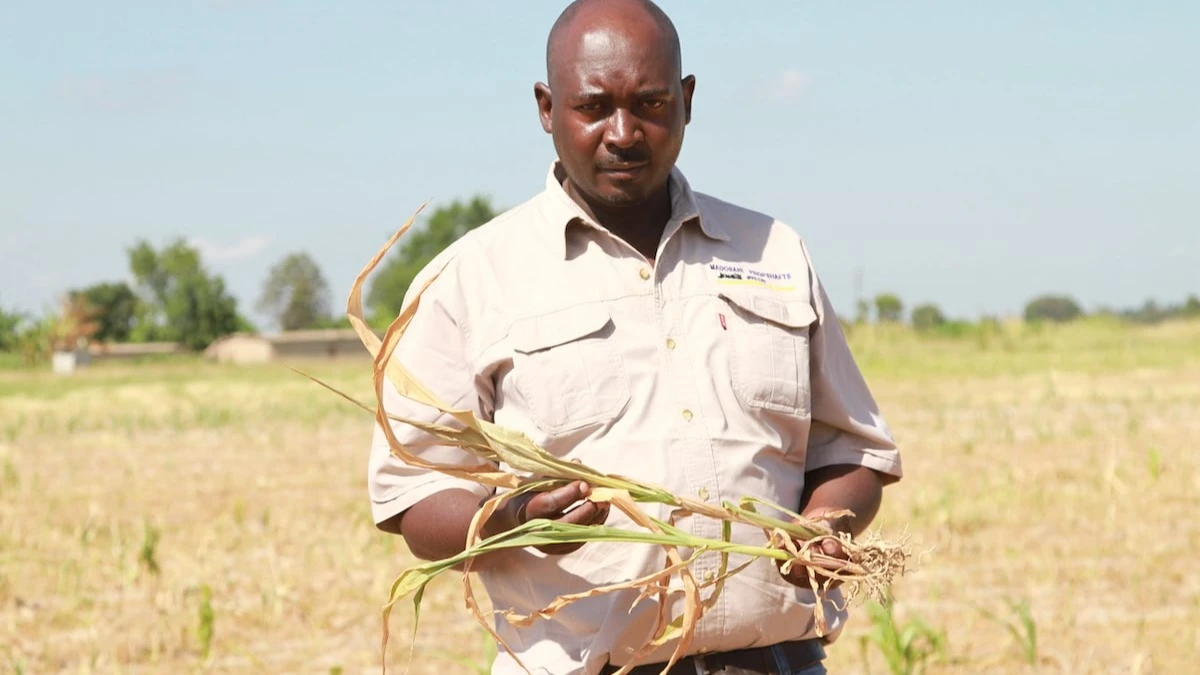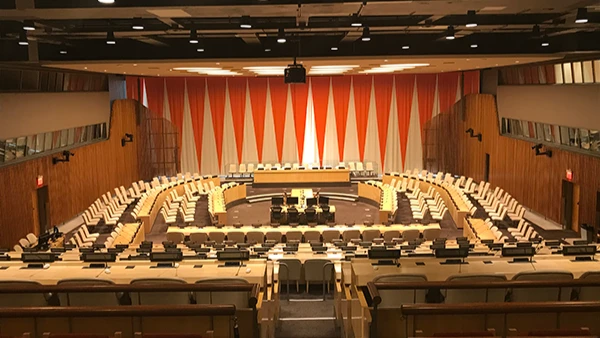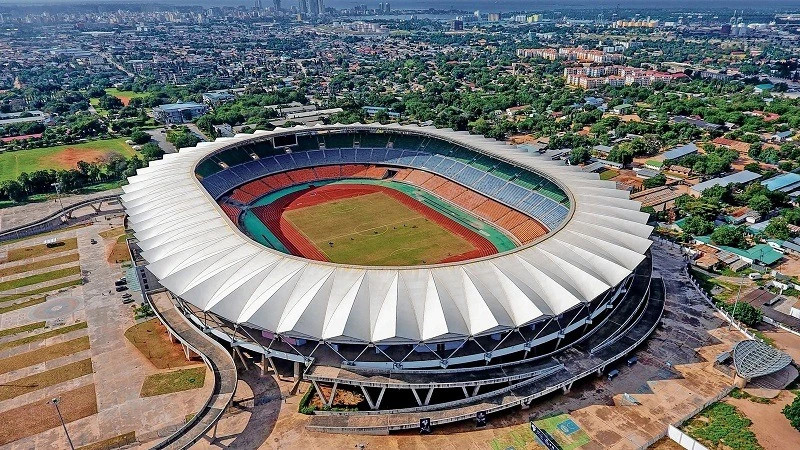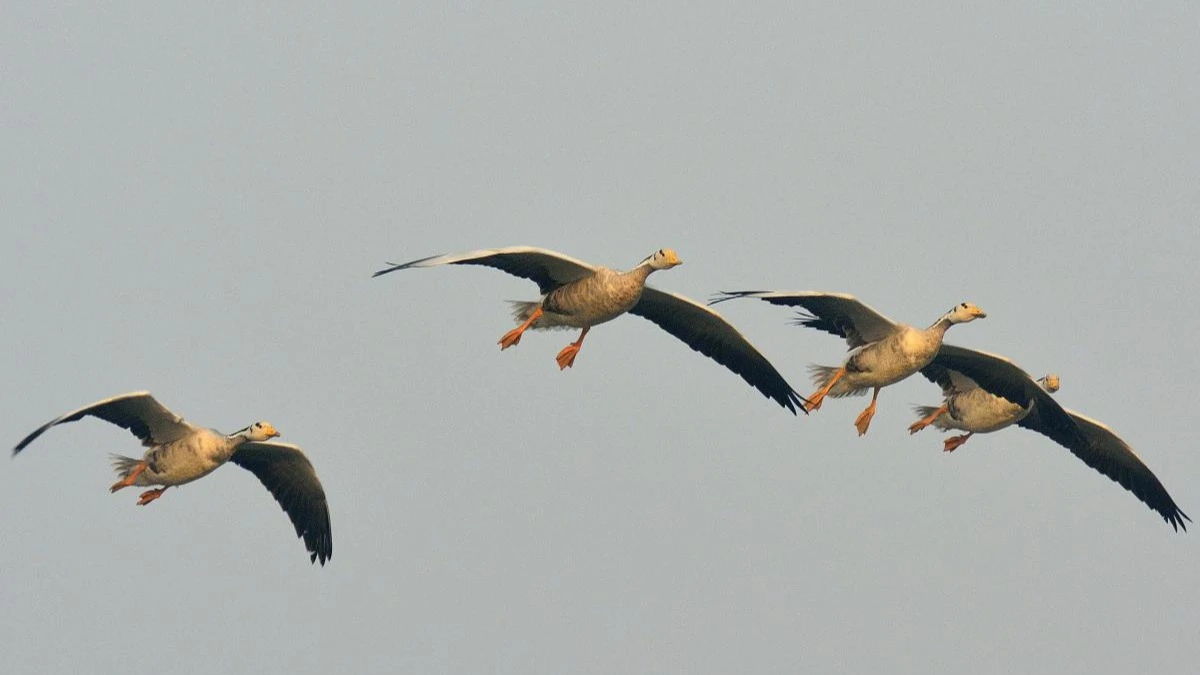Need for best practices to create bird-friendly cities, communities
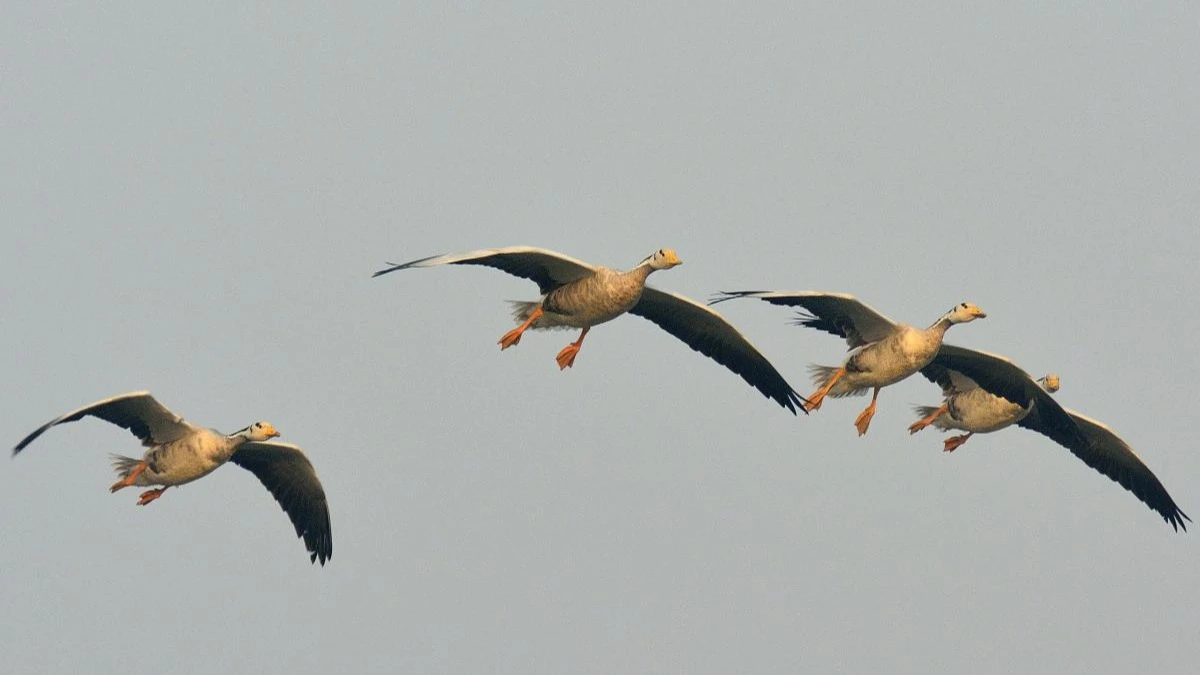
TODAY, Tanzania joins other countries across the world to mark World Bird Migratory Day. This year’s theme is: “Creating Bird-Friendly Cities & Communities”.
We mark this important day while being mindful of a speedy decline in terrestrial species, including migratory birds, thanks to State of the World’s Migratory Species 2024. According to this report, migratory species rely on a diverse range of habitats for feeding, breeding and resting, and “play a crucial role in the maintenance of healthy and functional ecosystems.”
However, human activities stand out as the main cause of a speedy decline in terrestrial species, including migratory birds. So, we can rightly say that behind the speedy decline in migratory birds are human activities, which include greenhouse gas emissions, illegal hunting of birds, artificial light pollution and the destruction of birds’ habitats.
We can create bird-friendly cities and communities if we also invest adequately in urban green spaces and tree canopy covers. But how many of us are aware of this or are willing to make it a reality? Believing that any change starts with an individual, we can bring about change if each one of us plays a part in turning our areas into green. We shouldn’t start with big projects, but even small ones can do. The more we make our cities and communities green the more we are sure of protecting migratory birds, which have many benefits for us and for our country.
While the growth of cities is considered as a challenge to support the survival of terrestrial species as is seen as a major source of greenhouse emissions, it can also be considered positive. According to World Cities Report 2024, “cities should be seen as key to achieving global climate goals.”
The report suggests that “compact cities with well-integrated transportation systems and energy-efficient buildings can be significantly more sustainable than suburban or rural areas.” So, rather than look at urbanisation as solely negative, there are also outweighing factors when looking at it from a point of view of climate responsive planning choices. The report says cities should invest in equitably distributed, nature-based solutions, which are a panacea for biodiversity loss, including a decrease in migratory birds.
Tanzania is endowed with abundant wildlife, and a variety of birds, and insects – all of which attract both local and foreign tourists and earnings from viewers of these terrestrial species contribute to national economy.
State of the World’s Migratory Species 2024 acknowledges the role migratory species play in human history, inspiring art, music and culture. “Migratory birds, in particular, have been associated with journeys, new beginnings, and the coming of seasons,” the report says. There are birds in our communities and neighbourhoods we believe foretell the coming of drought or a particular season of the year. “Heralding the start of spring, the Egyptian Vulture signals a good omen for health and productivity4, while the arrival of the White Stork is considered a widespread symbol of birth and prosperity. Bird migrations play essential roles in many traditions and practices.”
But all these are nothing if we do not protect the migratory birds. According to the State of Migratory Species 2024, habitat loss, degradation and fragmentation (primarily driven by agriculture), and overexploitation (hunting and fishing, both targeted and incidental) represent the two most pervasive threats to migratory species and their habitats. Pollution, including pesticides, plastics, heavy metals and excess nutrients, as well as underwater noise and light pollution, represents a further source of pressure facing many species.
The report says the reasons why migratory species move from one place to another are complex and can be caused by a combination of factors, including tracking of seasonal resources and favourable climatic conditions, and seeking optimal breeding sites. “While many animal migrations occur in a regular and predictable pattern, some animal migrations can happen irregularly over longer timeframes, depending on the species and their specific ecological requirements.”
On benefits, the report says migratory birds, bats, and insects pollinate flowering plants and shape ecosystem structure by dispersing seeds. They also provide aesthetic enjoyment, educational value, and are spiritually significant. As regards to culture, the report says the cultural significance of species can often help encourage conservation efforts.
The State of Migratory Species 2024 suggests that globally, monitored populations of migratory species (which include migratory birds) have declined by an average of 15 per cent between 1970 and 2017. Pollution especially is reported to impact 40 per cent of migratory birds.
It suffices to say that Tanzania participates in global initiatives that seek to strengthen the capacity of protecting terrestrial species in their totality and since it is endowered with abundant natural resources we have a glow of pride to protect this natural heritage to our country. Let this day arouse in us the love of nature and as we mark this day, the love of migrated birds, which together with other birds, attract tourists who come to view them and contribute to the national economy.
· The author is a Dar es Salaam-based lawyer. He can be reached at t22magobe@gmail.com
Top Headlines
© 2025 IPPMEDIA.COM. ALL RIGHTS RESERVED




